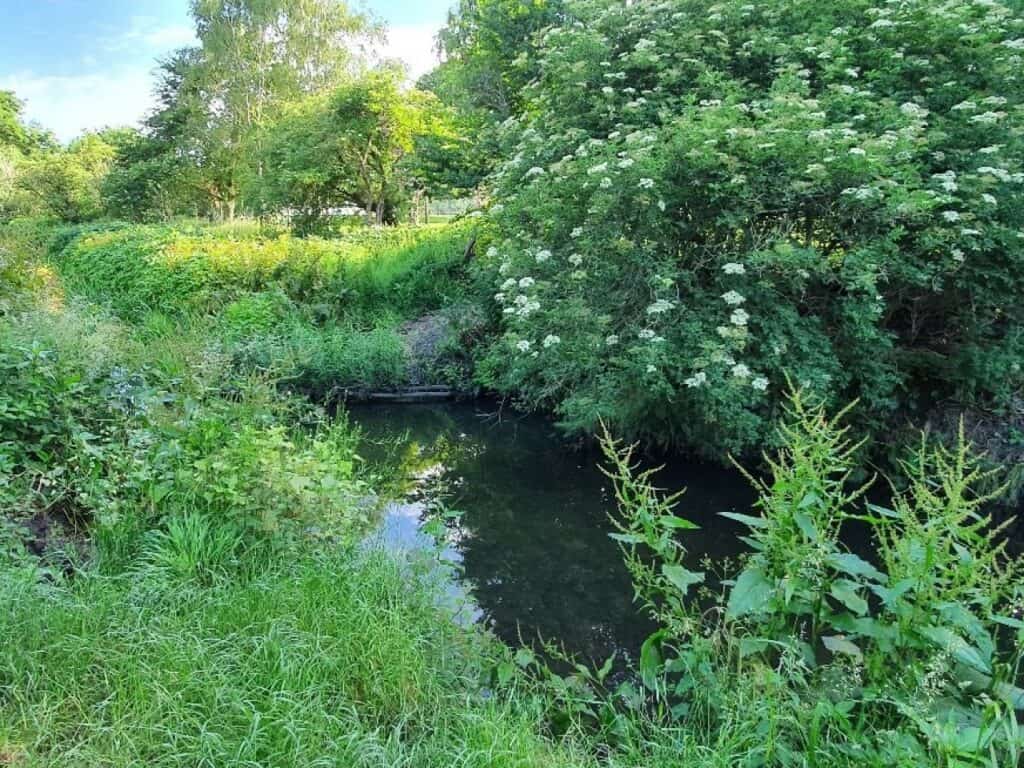Transforming a section of the Hogsmill River into a space where nature can flourish and which people can enjoy is at the heart of a project in Kingston, run by the South East Rivers Trust and partners.
The Enriching Elmbridge Meadows project will re-naturalise this stretch of the Hogsmill as it passes through the popular green space. The area is enjoyed by nature lovers, dog walkers, families and residents exercising, who all benefit from peace along the riverside in the busy suburbs of London.
Alongside environmental improvements, we will run events such as guided walks, community days, practical volunteering and outdoor education sessions.


